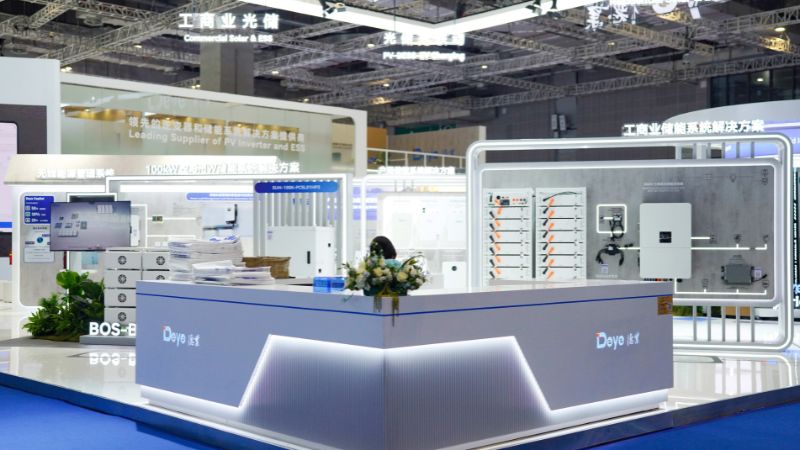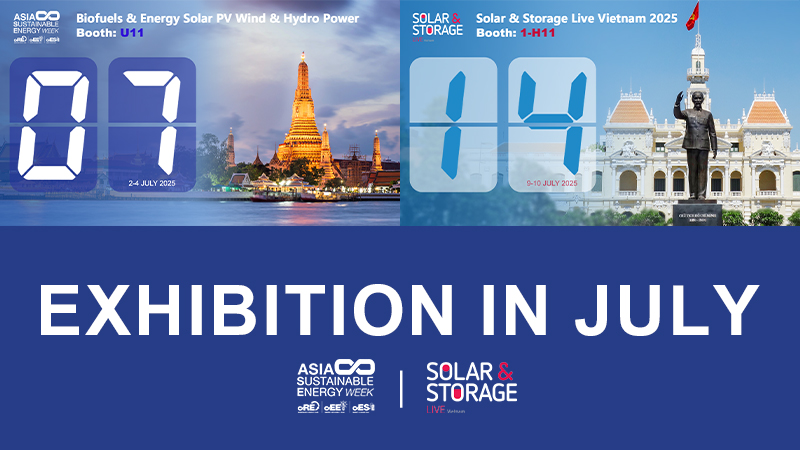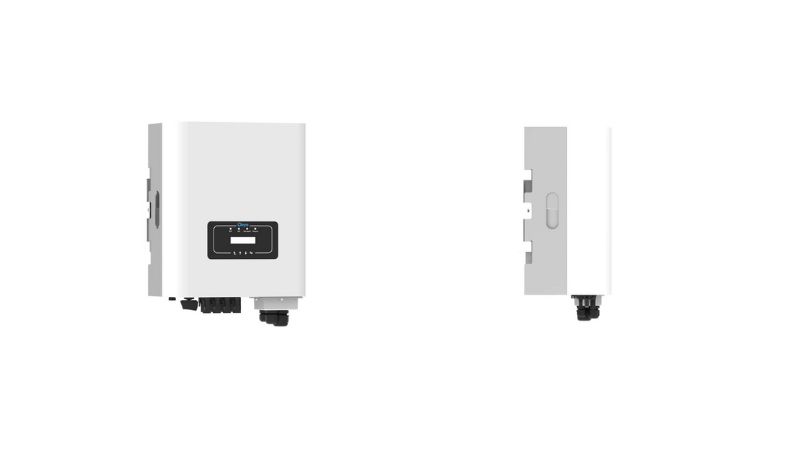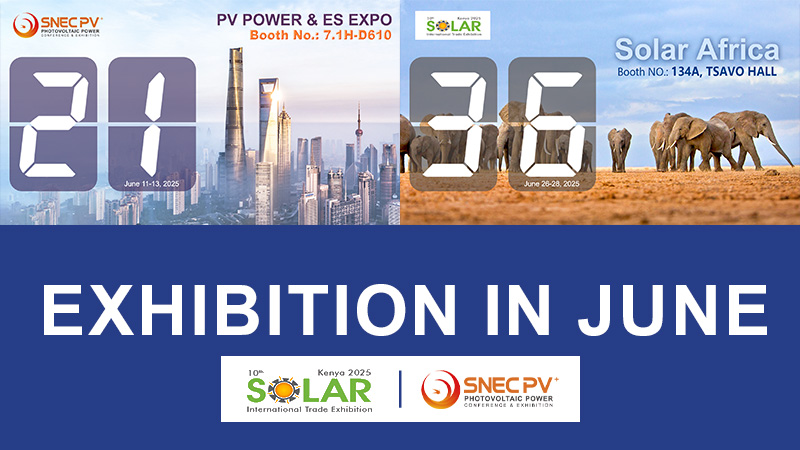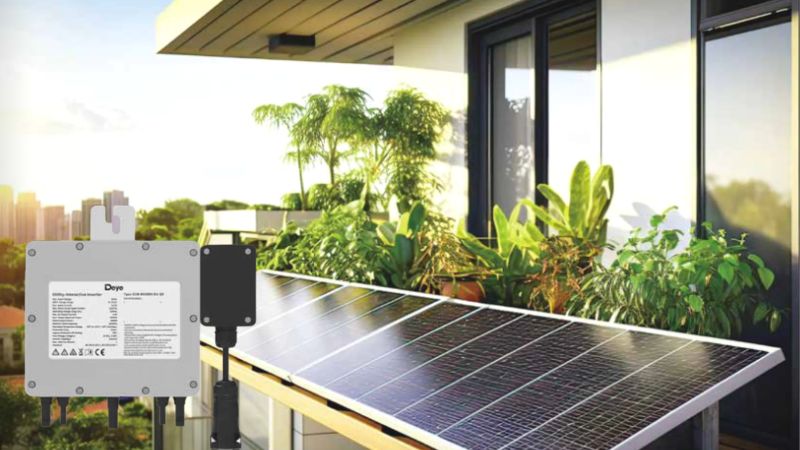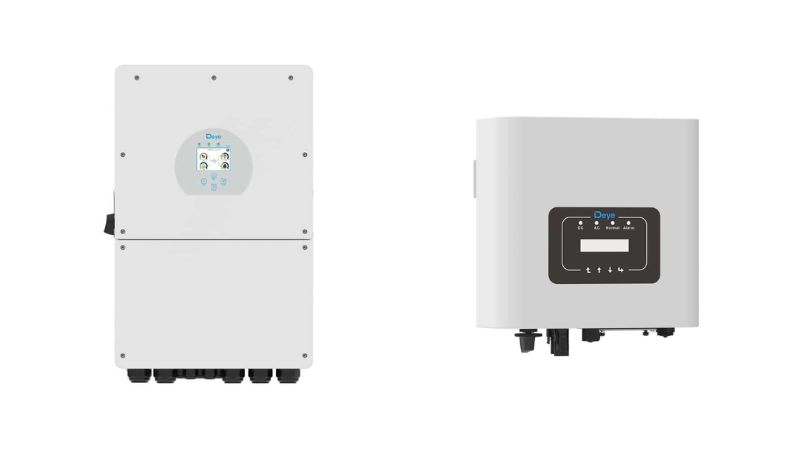
With rising energy costs and growing environmental concerns, there is increasing interest in renewable energy solutions for heating, ventilation, and air conditioning (HVAC) systems. Solar energy offers a sustainable way to power HVAC that reduces reliance on fossil fuels. Solar-powered HVAC utilizes photovoltaic panels to convert sunlight into electricity that can run the components of an HVAC system.
Solar energy systems for HVAC provide both environmental and economic benefits. Solar HVAC solutions can lower energy bills through reduced electricity usage while also decreasing a building’s carbon footprint. As solar technology continues advancing while costs decline, solar air conditioners are becoming more feasible and affordable. This article explores the technologies, applications, benefits, and future trends of solar-powered HVAC systems.
Introduction to HVAC Solar
Solar HVAC, or solar heating, ventilation, and air conditioning is a technology that integrates solar power into traditional HVAC systems. It allows you to utilize the abundant energy of the sun to cool and heat your space, increasing energy efficiency while decreasing electricity costs.
Why Consider Solar HVAC?
- Energy Efficiency: By converting the sun’s energy directly into cooling power, you’re tapping into a resource that is both limitless and clean.
- Cost Savings: In the long run, the reduction in your energy bills can be substantial, turning the technology into a cost-saving asset.
- Renewable Energy Source: Solar energy is a true form of renewable energy, constantly replenished by our sun. By choosing solar HVAC, you’re making a conscious decision to reduce your carbon footprint.
With each passing year, solar technology advances, becoming more accessible and user-friendly. Whether retrofitting existing systems with solar panel add-ons or investing in a new, state-of-the-art solar HVAC system, you’re not just buying a product but investing in a more sustainable future.
Basics of Solar-Powered HVAC Systems
Solar-powered HVAC systems provide a sustainable approach to regulating your home’s climate, utilizing the sun’s energy for both heating and cooling. Photovoltaic (PV) panels are central to these systems, as they convert sunlight into electrical energy.
When it comes to cooling, solar-powered air conditioners come in different types, but all aim to maximize energy savings and reduce greenhouse gas emissions. A popular variation, the solar thermal air conditioner, uses flat metal plates that absorb the sun’s heat, which then drives an electric generator to power the HVAC compressor.
Heating functions can be powered by the same solar PV systems, ensuring that your home remains comfortable year-round while tapping into clean energy sources. The energy harnessed can either be used immediately or stored in batteries. Depending on the system’s design, energy storage might be crucial for continuous operation:
- Solar DC power systems utilize the energy as it is generated or stored.
- Solar AC power systems convert the DC power into alternating current, suitable for most home appliances.
The use of solar-powered systems does not only provide cooling and air conditioning but also significant potential for long-term cost savings on utility bills. However, the extent of savings depends on factors such as system size, installation, and sunlight availability.
These eco-friendly options, though requiring an initial investment, ultimately aim to provide a clean alternative to traditional HVAC systems, thereby contributing to a reduction in household carbon footprint.
Components of a Solar HVAC System
In understanding a Solar HVAC system, it’s imperative to recognize its core components which harness solar energy to provide heating, cooling, and ventilation in your home.
Solar Panels and Photovoltaic Technology
As we talked about before, solar panels, consisting of photovoltaic (PV) cells, are the primary components that capture sunlight and convert it into DC power. These solar panel systems are typically installed on your roof for maximum sun exposure, working as the heart of the solar HVAC setup.
Inverters, Batteries, and Storage
Inverters play a crucial role by converting the DC electricity from your solar panels into AC power, which is usable by your home’s electrical systems. Batteries may be included to store excess energy, ensuring a continuous power supply for your HVAC system, especially during peak usage times or when sunlight is not sufficient.
- Inverter: Converts DC to AC power
- Batteries: Stores excess energy for later use
Compressors and Refrigerants
The compressor, often part of a heat pump system, is responsible for circulating refrigerant through the HVAC’s coils. It elevates the refrigerant temperature to facilitate heat transfer, which is key for both heating and cooling processes in your system.
- Compressor: Circulates and compresses refrigerant
- Refrigerant: Transfers heat within the system
Control Units and Thermostats
With control units and thermostats, you can regulate the indoor climate of each zone in your home. Each zone may have its own thermostat for precise temperature management, and these devices are often compatible with smart home technology for enhanced user control.
- Control Units: Like charge controller, which manages the operation of the HVAC system
- Thermostats: Enable temperature control for different zones
Auxiliary Components
Additional components may include piping, pumps, valves, and an expansion tank to support the circulation of the heat transfer fluid. A heat exchanger facilitates the transfer of heat between the solar-heated fluid and your home’s air or water.
- Piping and Pumps: Circulate heat transfer fluids
- Heat Exchanger: Transfers heat to air or water systems
System Types and Configurations

Exploring the different types of solar HVAC systems is crucial to understanding how you can harness solar energy for your heating and cooling needs while maximizing energy efficiency.
Solar-Powered Air Conditioning Units
Solar-powered air conditioning units utilize photovoltaic (PV) panels to collect solar energy and convert it into electrical power directly. The energy produced can either power your air conditioner instantly or be stored in batteries for later use. This type of system, often incorporating heat pumps, maximizes the efficiency of energy use without involving complex thermal processes.
Solar Thermal Air Conditioning
A solar thermal air conditioner operates by using solar energy to generate heat, which is then used to cool your home through a process known as thermal conversion. Unlike solar-powered units that rely on electricity, solar thermal systems use the collected heat to drive a cooling cycle, which can be particularly useful in hot areas where the absorption of solar heat is significant.
Hybrid Solar HVAC Systems
Hybrid systems blend traditional HVAC technology with solar power, leading to an eco-friendly solution that can provide cooling and heating more efficiently. These hybrid units can switch between solar energy and conventional power sources, ensuring consistent comfort during times of low sunlight or high demand, such as during a blackout.
Off-Grid Solar HVAC Solutions
For off-grid applications, where a connection to the utility grid is not available or desired, a solar HVAC solution might include a complete setup with solar panels, battery storage, and a solar air conditioning system. This allows you to become energy independent, reduce your carbon footprint, and ensure a continuous supply of cooling or heating even during a power outage.
Installation and Maintenance
Embarking on the switch to a solar-powered HVAC system can be an invigorating step towards embracing renewable energy. It is essential to understand the costs involved, select reliable installers, and adhere to a maintenance schedule to ensure your investment is protected for years to come.
Evaluating Installation Costs
When investigating solar HVAC systems, installation costs are a pivotal factor. It’s not just the price of the hardware; it’s also the labor and potential upgrades to your home’s infrastructure. On average, homeowners can expect to spend around $9,000, for a complete system, though costs can vary widely depending on the size and type of system. It’s vital to factor in:
- Solar panel installation
- System components: HVAC units, inverters, and other related equipment
- Potential home modifications
It’s also worthwhile to explore whether tax credits or other incentives can offset a portion of your investment. Please note that this is only the average price in the market. If you need more detailed information, please feel free to contact us.
Routine Maintenance and Upkeep
The longevity of your solar HVAC system largely depends on regular maintenance. A well-maintained system not only lasts longer but also runs more efficiently, saving on energy costs. Your routine maintenance should include:
- Service checks by a qualified technician at least once a year.
- Regular cleaning of solar panels to ensure maximum efficiency.
- Inspection of HVAC components for potential issues.
Staying on top of these tasks can minimize unexpected repairs and help manage your utility bills effectively. Keep in mind that while solar heating systems can be low maintenance and less prone to breakdowns, they still require your attention to maintain peak performance.
Economic Aspects of Solar HVAC

When considering Solar HVAC systems for your home or business, it’s essential to understand the economic implications including costs, potential savings, and incentives.
Initial Costs and Average Prices The upfront cost of a Solar HVAC system involves the price of solar panels, related HVAC equipment, and installation fees. Quotes will vary, but solar HVAC systems often demand a substantial initial investment.
- Tax Credits and Incentives Fortunately, you may be eligible for federal tax credits which can substantially reduce your net cost. Various states and local governments may offer additional incentives.
Return on Investment (ROI) Solar HVAC systems can provide considerable savings on energy bills, contributing to an attractive potential ROI. Although the payback period varies, you can often expect:
- Reduced monthly energy costs
- Long-term value enhancement of your property
Energy Rates and Value As electricity rates rise, solar HVAC increases in value. By locking in lower energy costs now, you can mitigate future rate hikes.
Remember, getting multiple solar quotes can aid in finding the most cost-effective solution for your specific needs. By comparing these, you ensure you’re getting the best value for your investment. Your long-term energy costs stand to decrease, making the solar HVAC option not just environmentally prudent, but economically wise too.
Environmental Impact
When you consider solar-powered HVAC (heating, ventilation, and air conditioning) systems, you’re looking at a green and sustainable way to manage indoor climate. These systems harness clean energy from the sun, helping to reduce reliance on conventional electricity derived from fossil fuels.
- Carbon Footprint: Your carbon footprint shrinks as solar HVAC systems produce significantly lower carbon dioxide emissions compared to traditional HVAC systems.
- Emissions: With the sun as a power source, greenhouse gas emissions drop because your system is not directly contributing to the burning of fossil fuels.
- Greenhouse Gases: Solar HVAC systems contribute to lessening the overall greenhouse gas emissions. This reduction is crucial because greenhouse gases, like carbon dioxide, trap heat in the atmosphere which leads to global warming.
By integrating a solar HVAC system, you play a part in the transition towards more sustainable and environmentally friendly energy solutions.
Remember, utilizing solar energy for your HVAC needs does more than just provide comfort. It places you at the forefront of eco-conscious living and helps pave the way for a future that values clean energy and sustainability.
Market Trends and Future Outlook
You’re currently witnessing an exciting period in the HVAC industry, particularly within the solar HVAC and solar air conditioning markets. The trend is firmly towards eco-friendly and energy-efficient solutions, driven largely by changing lifestyle preferences and rising demands for comfort. Here’s how the landscape is shaping up:
Innovations: Companies are increasingly integrating cloud-based software for automation that optimizes service schedules, while mobile devices offer real-time updates—essential for your fast-paced life.
Solar Energy Growth: With the U.S. Department of Energy’s initiatives, solar energy’s share in power consumption is set to rise. The move towards solar HVAC systems is picking up, propelled by these government efforts to create a more sustainable future.
Market Insights:
- The global solar energy market is robust, having been valued at $94.6 billion in 2022.
- Projected growth could see the market reach $300.3 billion by 2032.
- Solar HVAC systems are key innovators in this expanding market, with central air conditioning also benefitting from solar advancements.
Manufacturers’ Role: As a manufacturer in this space, you’re at the forefront of eco-friendly technology. By focusing on solar energy innovations, your company is poised to meet the increasing market demands for sustainable HVAC solutions.
Keep an eye on these developments; your next HVAC system could well be solar-powered, reflecting a broader move towards green technology that promises a cooler, more comfortable future for everyone.
